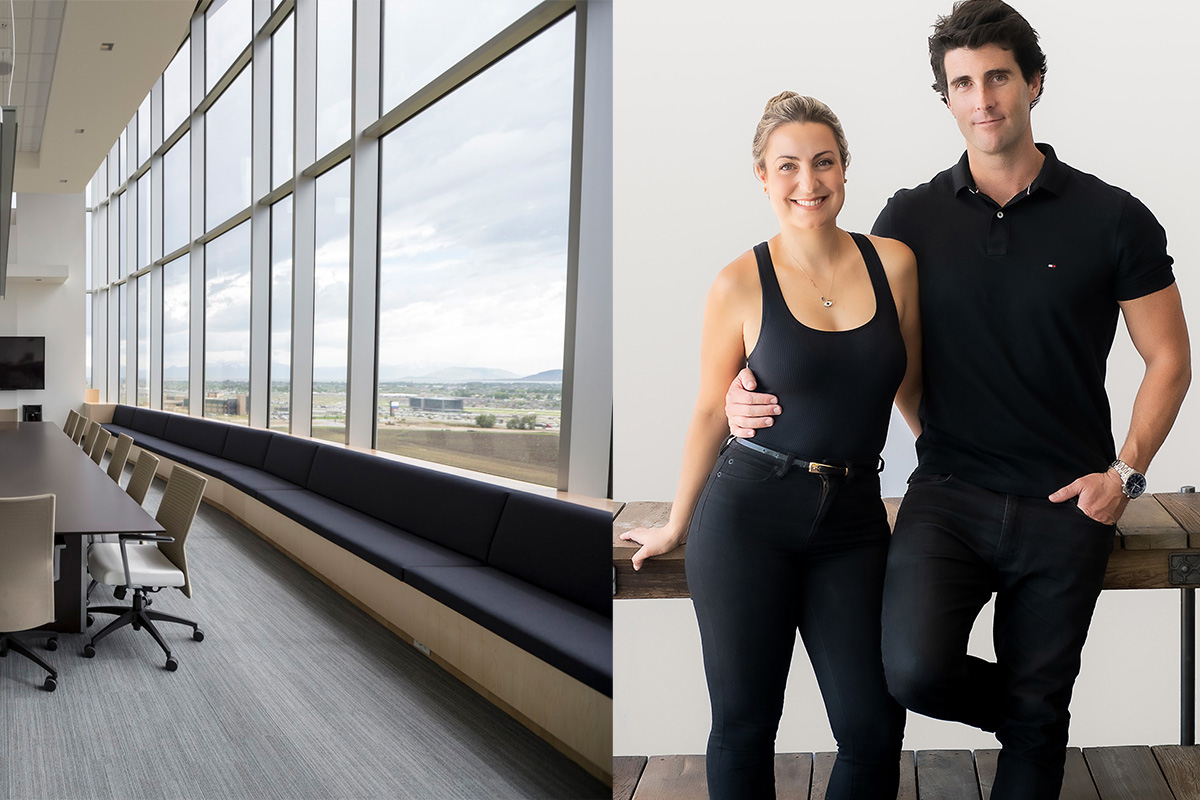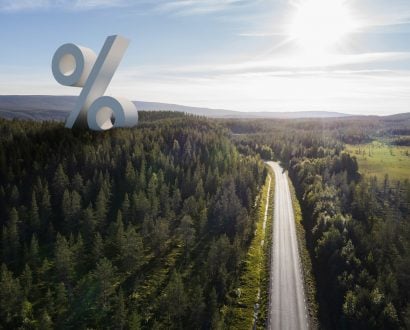Like any investment, there are risks in chasing returns on investing on commercial property.
But from experience, many of these commercial risks can be blown out of all proportion, most often exaggerated by individuals who have little to zero experience in the commercial asset class, said Scott and Mina O’Neill, Founders of Rethink Investing, Australia’s number one buyers’ agency for commercial property investors.
Scott and Mina retired at 28 and live off the passive income generated by their personal US$15.5 million (A$20 million) property portfolio and have helped over 1,800 clients purchase well over US$773 million (A$1 billion) in Australian real estate.
They pinpointed three common reasons people avoid buying commercial, compared with residential, and why they are wrong.
Long vacancies are inevitable
“This is probably the main reason people won’t invest in commercial property and one of the biggest myths we hear,” Scott O’Neill told The CEO Magazine. “The truth is vacancies can be long for poor-quality assets but are generally shorter for high-grade, well-located properties. So investors need to carefully assess all relevant factors such as the quality of the building, the location, rent levels and the state of the general market around it. Getting the due diligence right will help ensure that the property won’t stay vacant for long.”
Properties in high-demand, low-supply areas will always be snapped up by tenants, he said. Similarly a commercial property in a poor location with the building in disrepair, then of course the vacancy periods will be longer.
“It’s all about buying good-quality properties with strong relatability potential,” Scott said.
Mina O’Neill said many leases have minimum vacate notice periods in the contract.
“These state that the tenant must give the landlord notice of anywhere between 3–12 months before leaving the property. If you are notified by your tenant six months out, then you have six months’ rent coming in while you search for a new tenant,” she said. “From my experience, tenants will often provide more than one year’s notice because their business needs more time to plan and accomplish their relocation. As you can see, commercial leasing is very different from residential, where tenants can just pick up and leave with a day’s notice.”
Low capital growth
“This couldn’t be further from the truth,” Mina said. “We’ve seen commercial properties double or even triple in value over a 10-year period. The question is how to improve your chances of buying a property that will get better growth than others?”
The O’Neills said that, as in the residential market, there are plenty of factors that can contribute to capital growth, including:
- Good location
- Scarcity factor
- Infrastructure improvements
- Population growth
- Tightening vacancy rates
- Strategic renovation potential
- Loosening lending policies
- Gentrification
- Falling interest rates
- Dropping unemployment figures
“Now guess what causes growth for commercial property? All the above! Because, as in the residential space, the commercial market also responds to these economic improvements. The one big difference is that commercial property has more of its growth attached to its rental income. So increasing or improving the lease quality will have a larger overall impact on the commercial asset value. And just like any investment, if you choose the property carefully, you’ll see growth,” said Scott O’Neill, who with Mina, has written the book Rethink Property Investing.
Fewer value-add opportunities
“It’s completely possible to raise long-lasting value on a commercial property if you know what to do. Unlike residential properties, where it’s all about improving the livability of a property, in commercial the numbers do all the talking,” Scott said.
“Because much of the value of a commercial property is tied to its rental income, finding properties that are under-rented can be the path to easy equity gains.
“For example, a 500-square-metre property renting for US$77,315 (A$100,000) per annum is valued at US$155 per square metre (A$200 per square metre). If the market rent is US$186 per square metre (A$240/square metre), the property is under-rented by 20 per cent. In that case, if you have a plan and the means to get the rent back up to market level, your income will be 20 per cent higher. And this could increase the value of the commercial property by 20 per cent, assuming you bought it at the correct yield from day one, of course.”
Another value add is strata titling or subdividing the property, Mina said.
“This adds value because you can sell or rent smaller sections at a higher per-square-metre rate.
“For example, a 1,000-square-metre warehouse might rent for US$77 per square metre (A$100 per square metre). But five 200-square-metre warehouses could potentially rent at US$101 per square metres (A$130 per square metre). Essentially, you are reversing the ‘economies of scale’ in your favour, and your value could increase by 30 per cent due to the higher rent per square metre.
“There are other value-adds too, including renovating, lengthening leases, rezoning and developing. Just as with residential property, there are many opportunities to add value. You just have to be aware of the fundamental principles in play.
“When you purchase a high-quality commercial asset, do your due diligence and employ a solid positively geared strategy, your commercial investment will far exceed anything you would have known in the residential world. Your reward will be a secure, long-term investment that produces a high cash flow and, after you’ve paid your loan in full, a passive income straight into your pocket,” she added.







